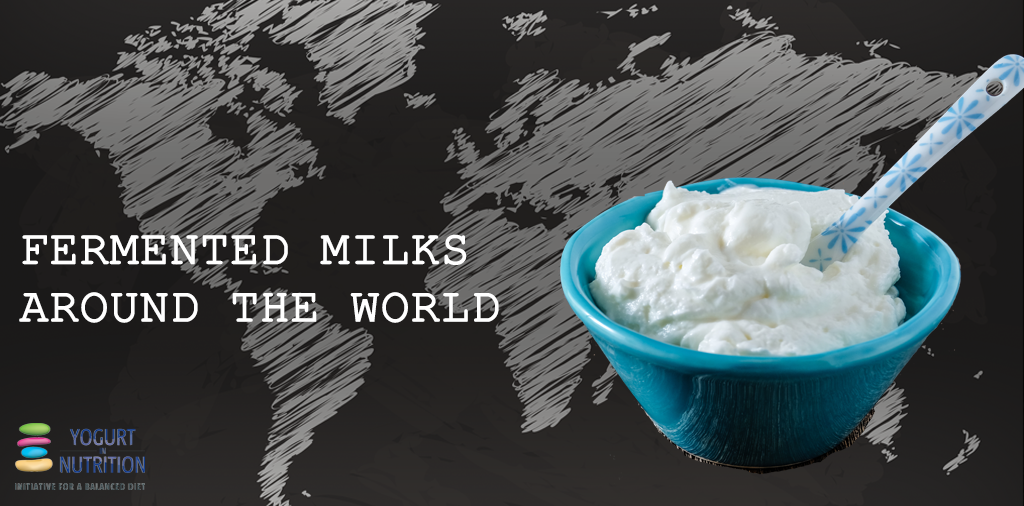For centuries, fermented milks have provided essential nutrients and health benefits in human diets. Milk fermentation is as simple as adding live ferments to milk, leading to dozens of popular recipes around the world. How different are they?
Get the science facts about kefir, Greek yogurt, lassi, laban and, skyr…
What is Skyr?
Skyr is a fermented fresh acid-curd soft cheese made from skim milk.
Skyr is made through a specific double fermentation process: skim milk + lactic acid bacteria
- Needed for good quality skyr: Streptococcus thermophilus and Lactobacillus delbrueckii ssp. bulgaricus, as in a classic yogurt
- Feed on the sugar content of milk (mainly lactose) yielding lactic acid lowering sugar content, lowering pH that coagulates milk proteins
- Lactobacilli produce aromatic diacetyl & acetaldehyde
- Occasional in skyr: Lactococcus spp & Lactobacillus casei
- Feed on sugars to yield organic acid
After fermentation, an intense straining gives it a dense texture, so thick that a spoon will stand up in it.
The cultural origins
Skyr is a central part of the Icelandic diet and culture, brought 900 years ago by the Vikings from Norway.
Originally made from ewe’s milk, it is produced from cow’s milk since the 20th century.
Nutrition & health benefits of Skyr:
Skyr is high in protein:
- May benefit weight loss by improving satiety in the long term
- A key element of a quality breakfast by avoiding cravings and nibbling
- Contributes to the maintenance of muscle mass, particularly interesting for athletes and elderly
Skyr is low in lactose
- As 90% is transformed during fermentation or removed by straining
- Also low in sugars
All the information about Skyr in one infography






